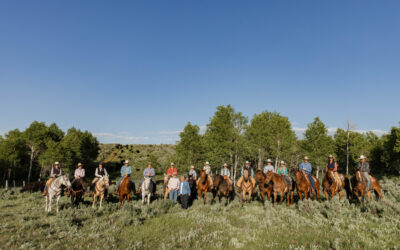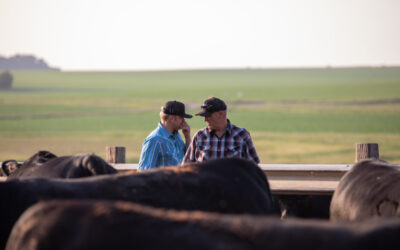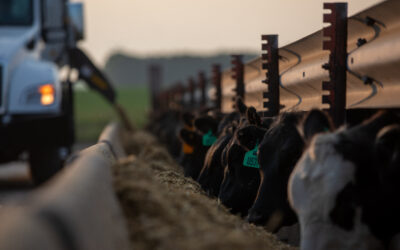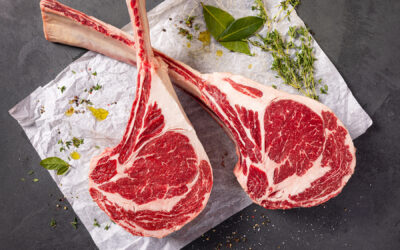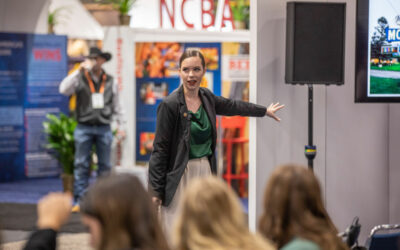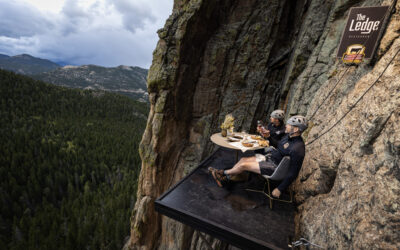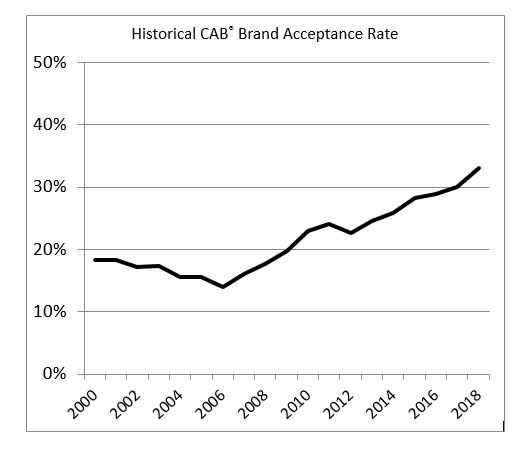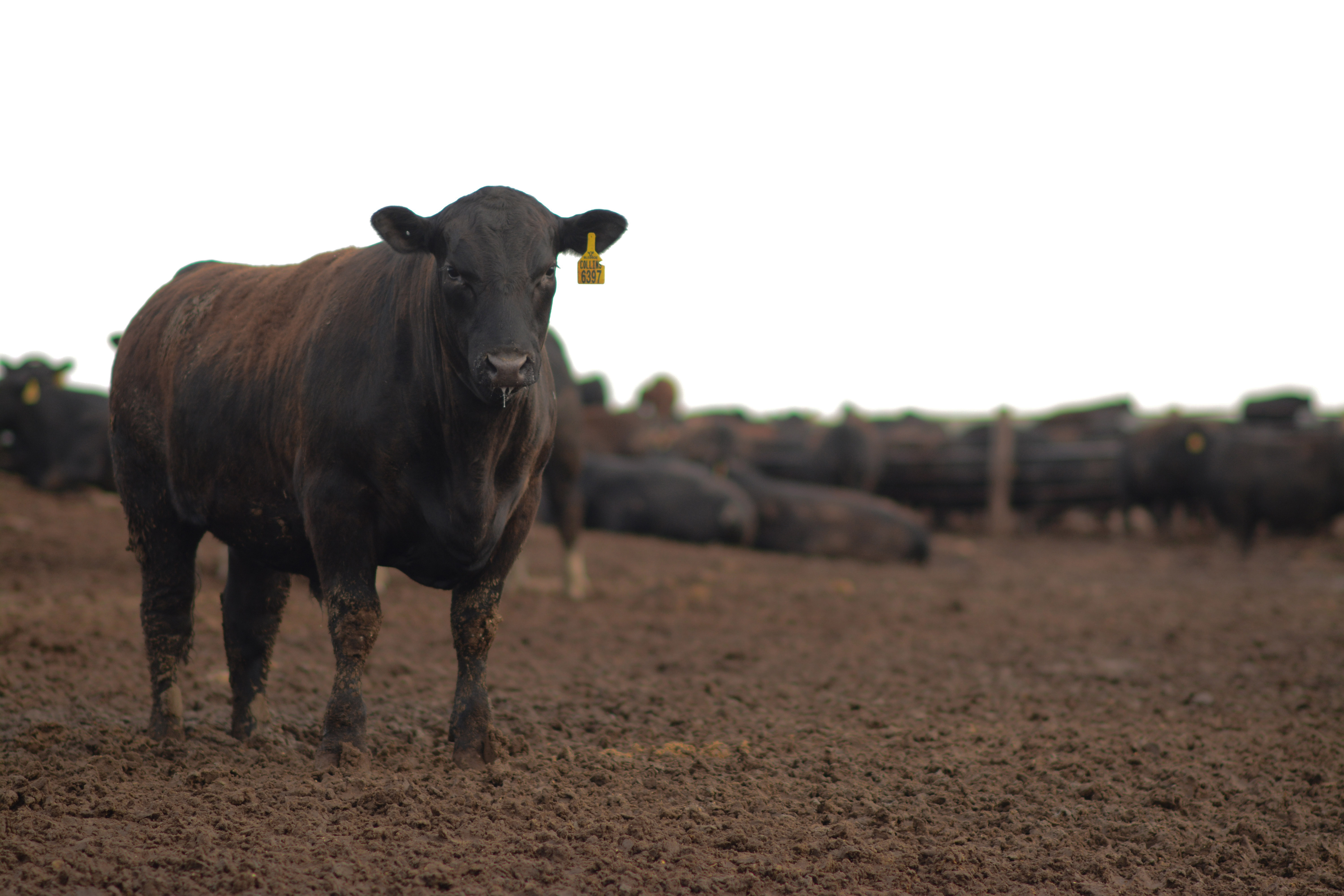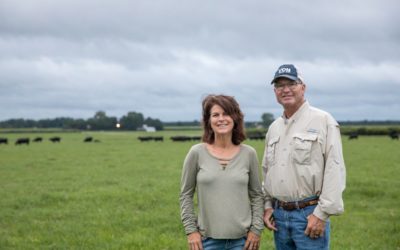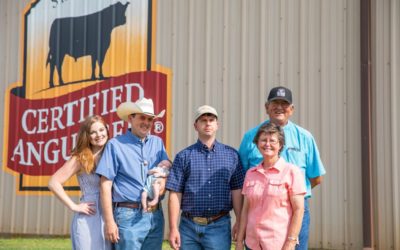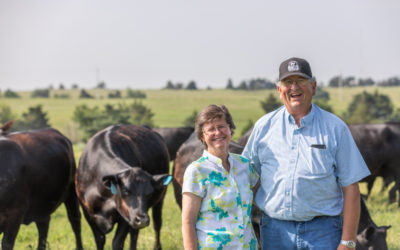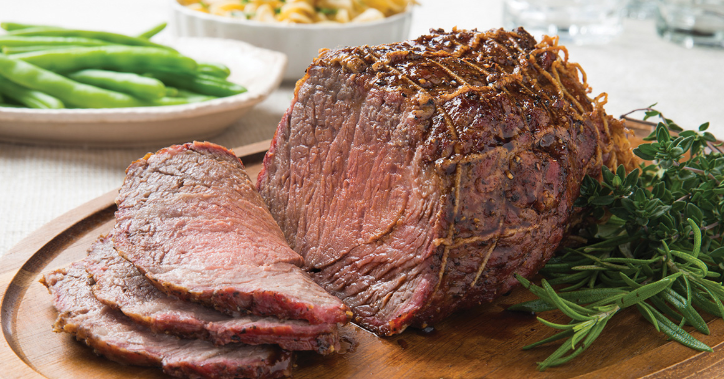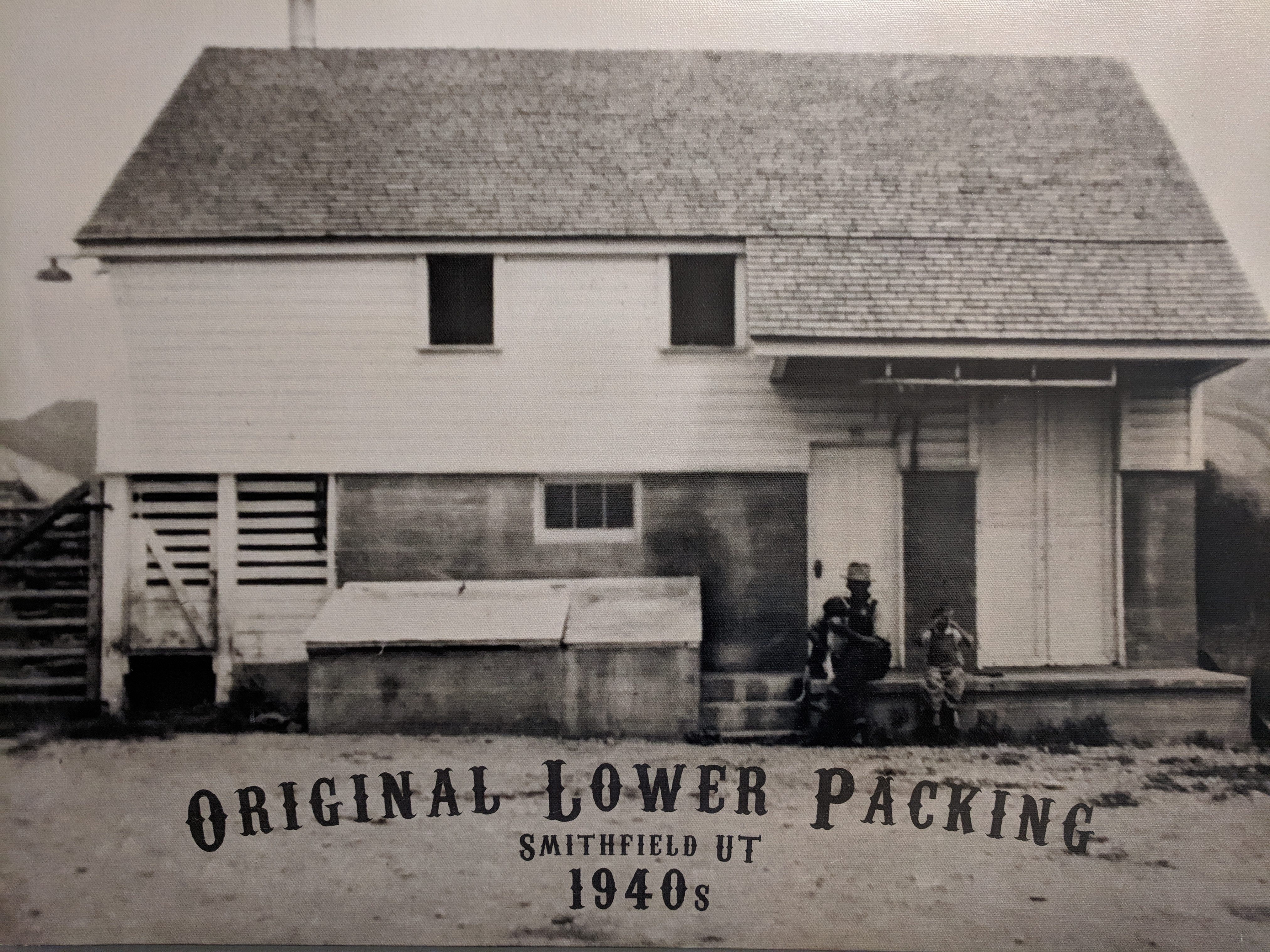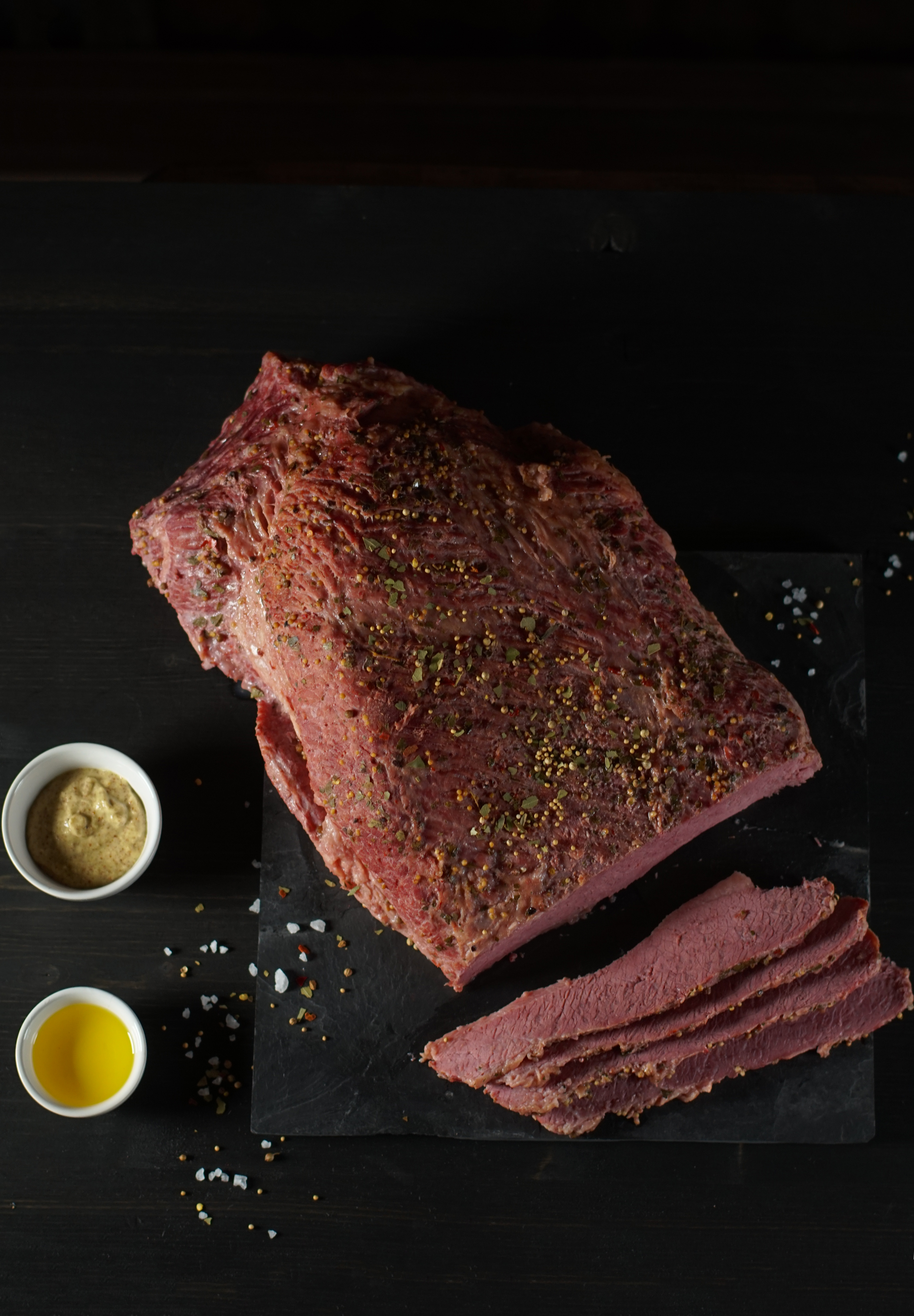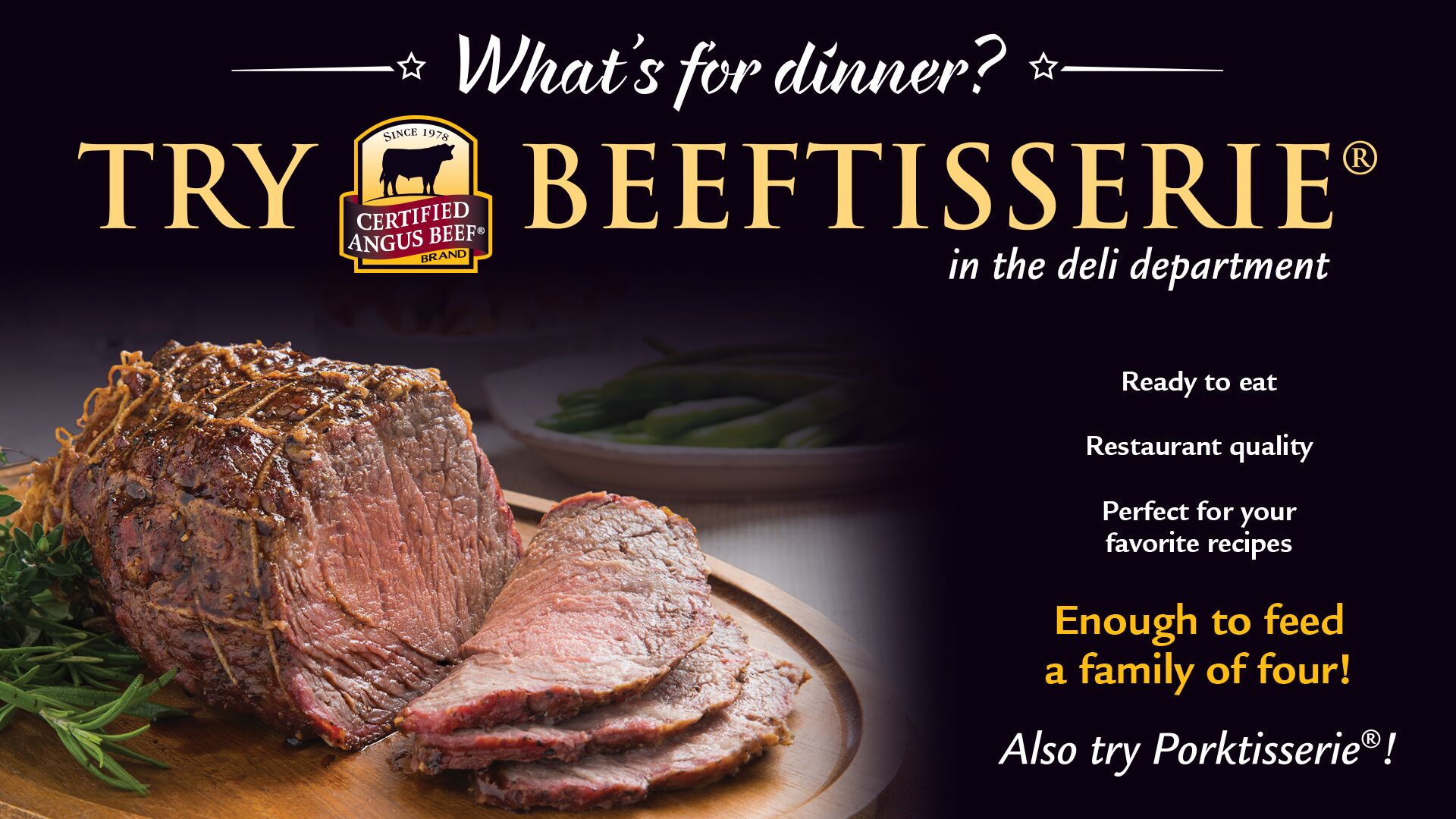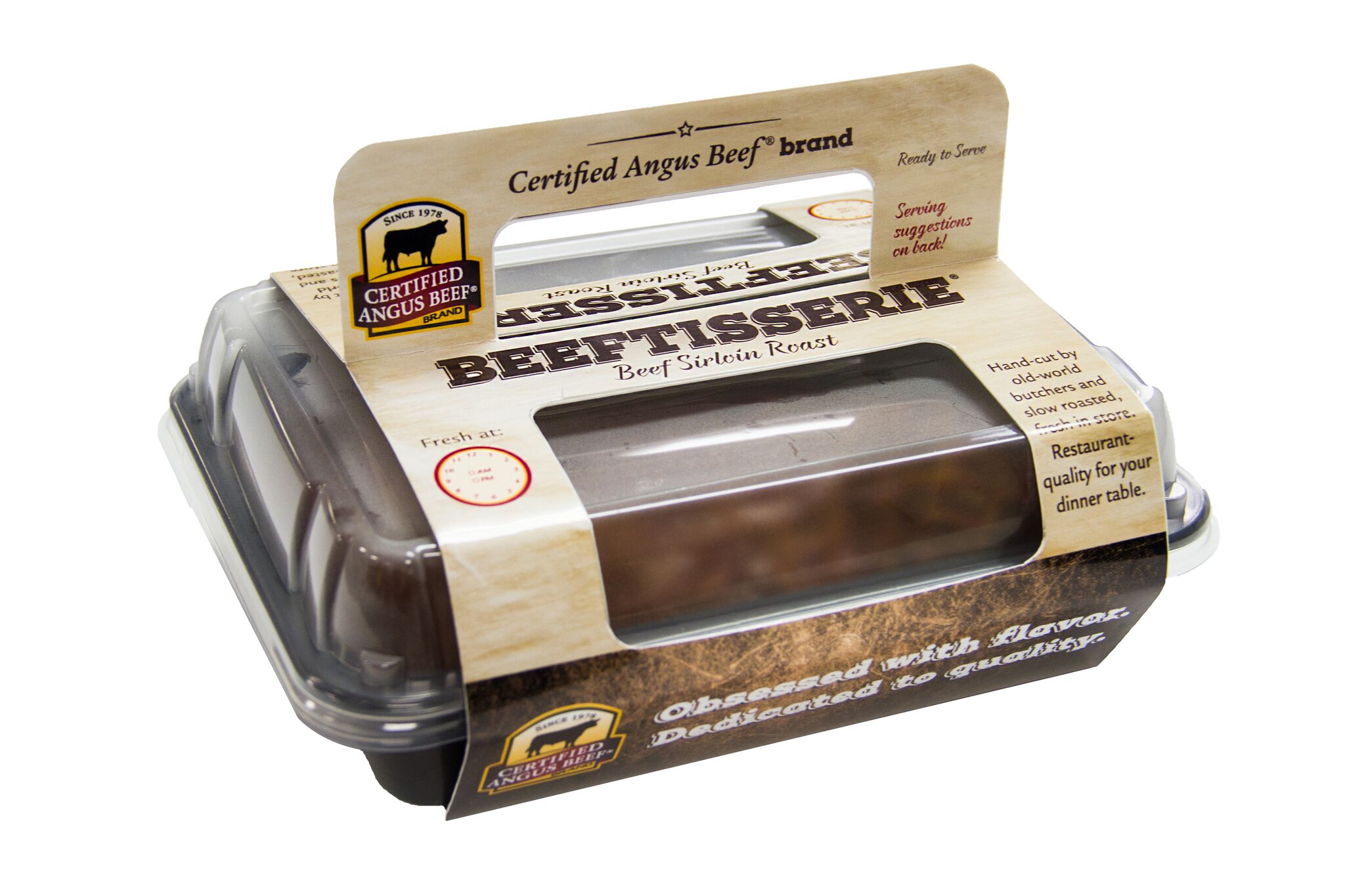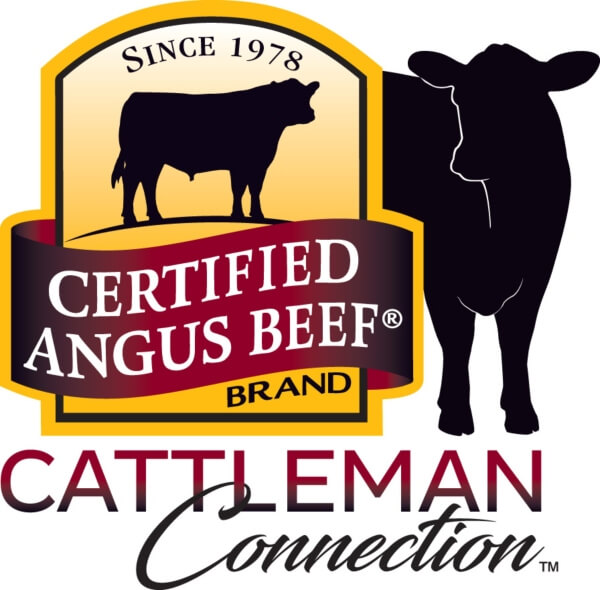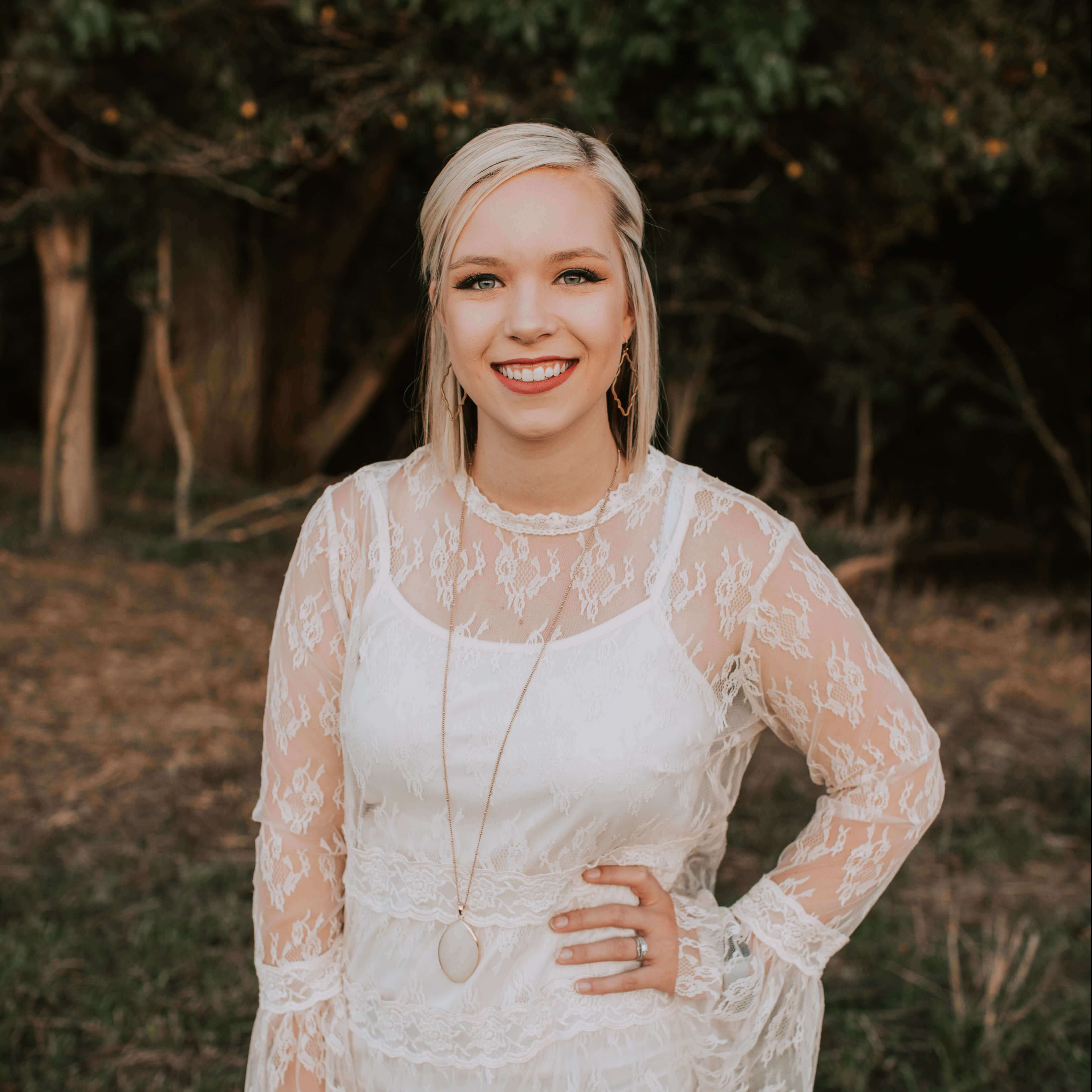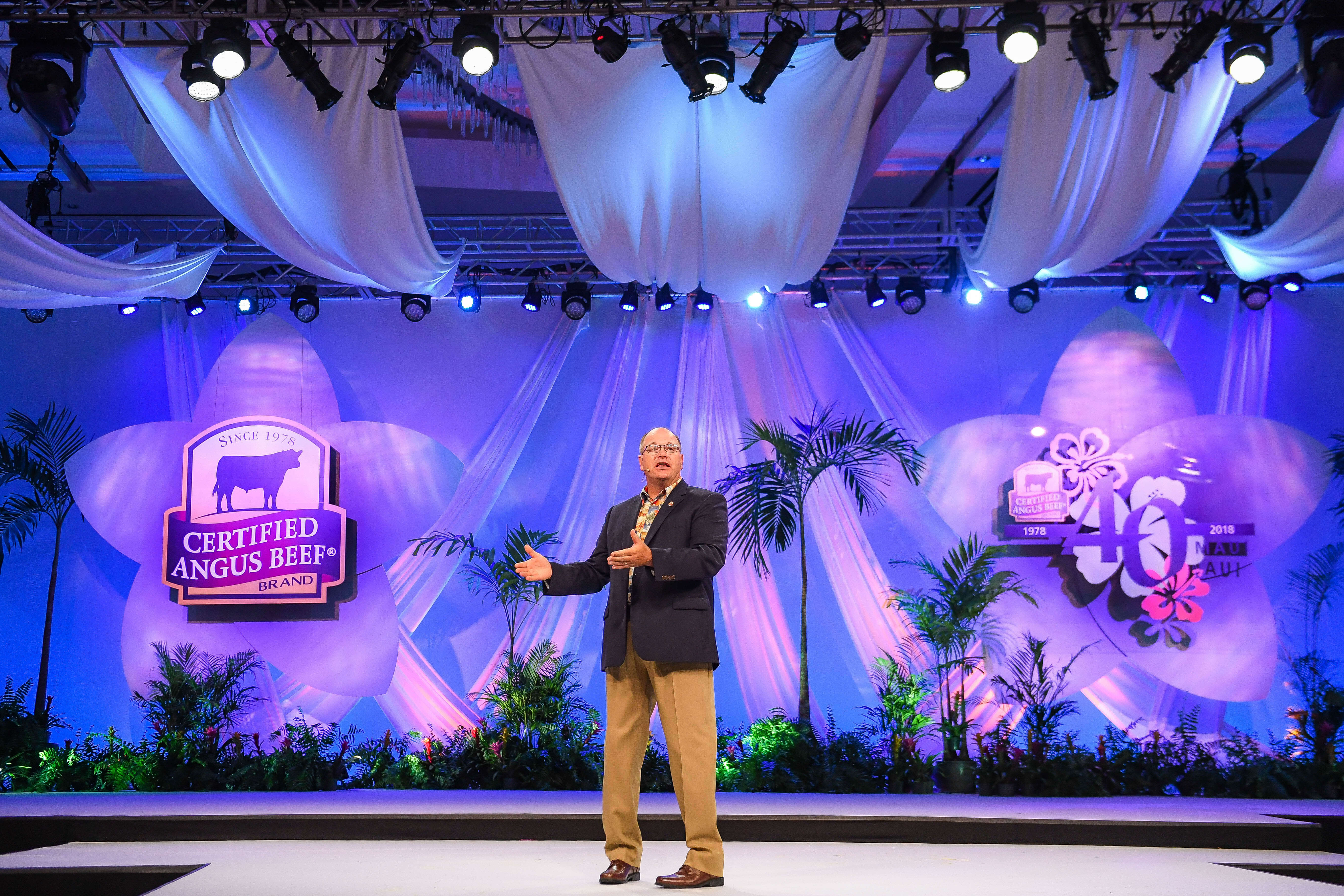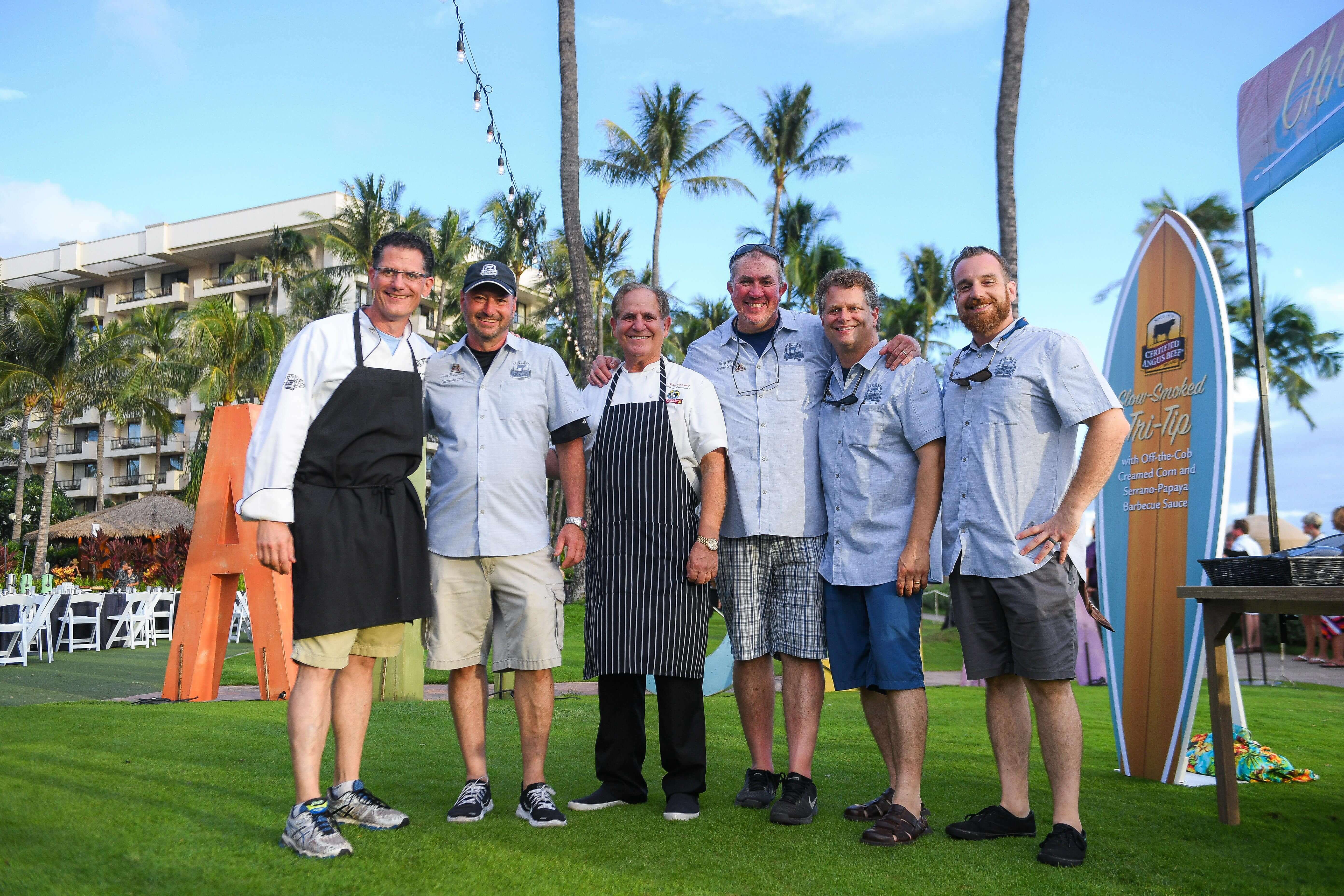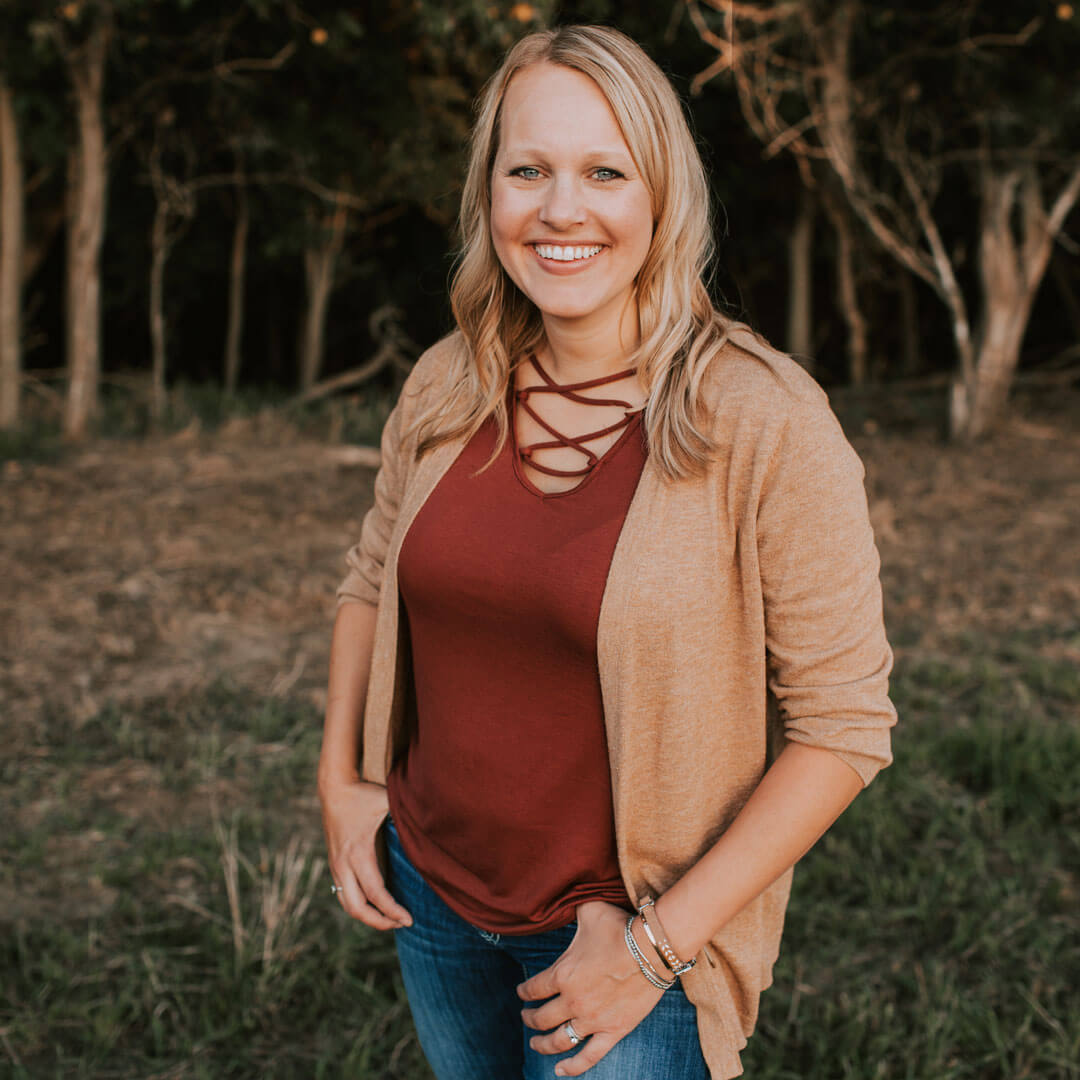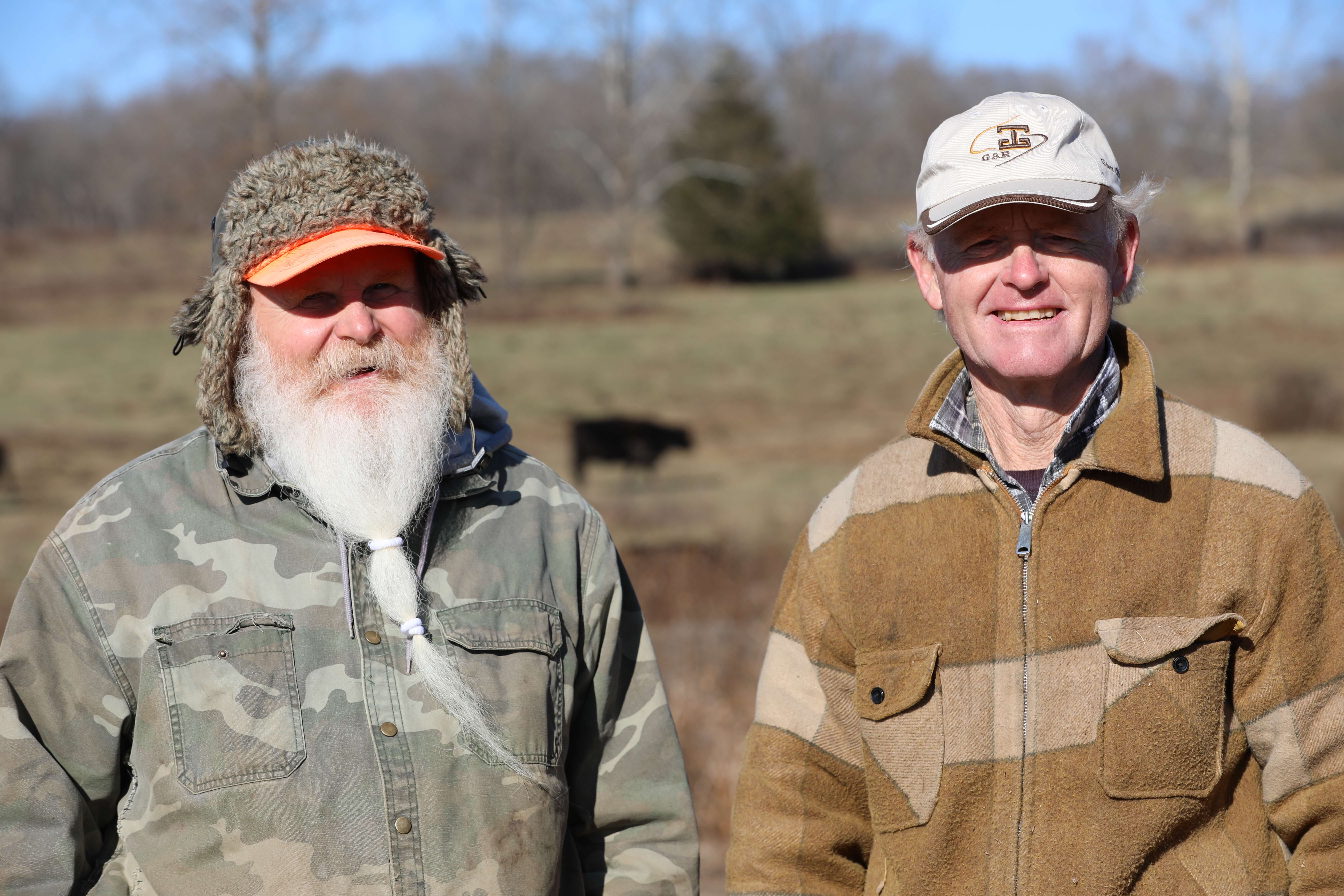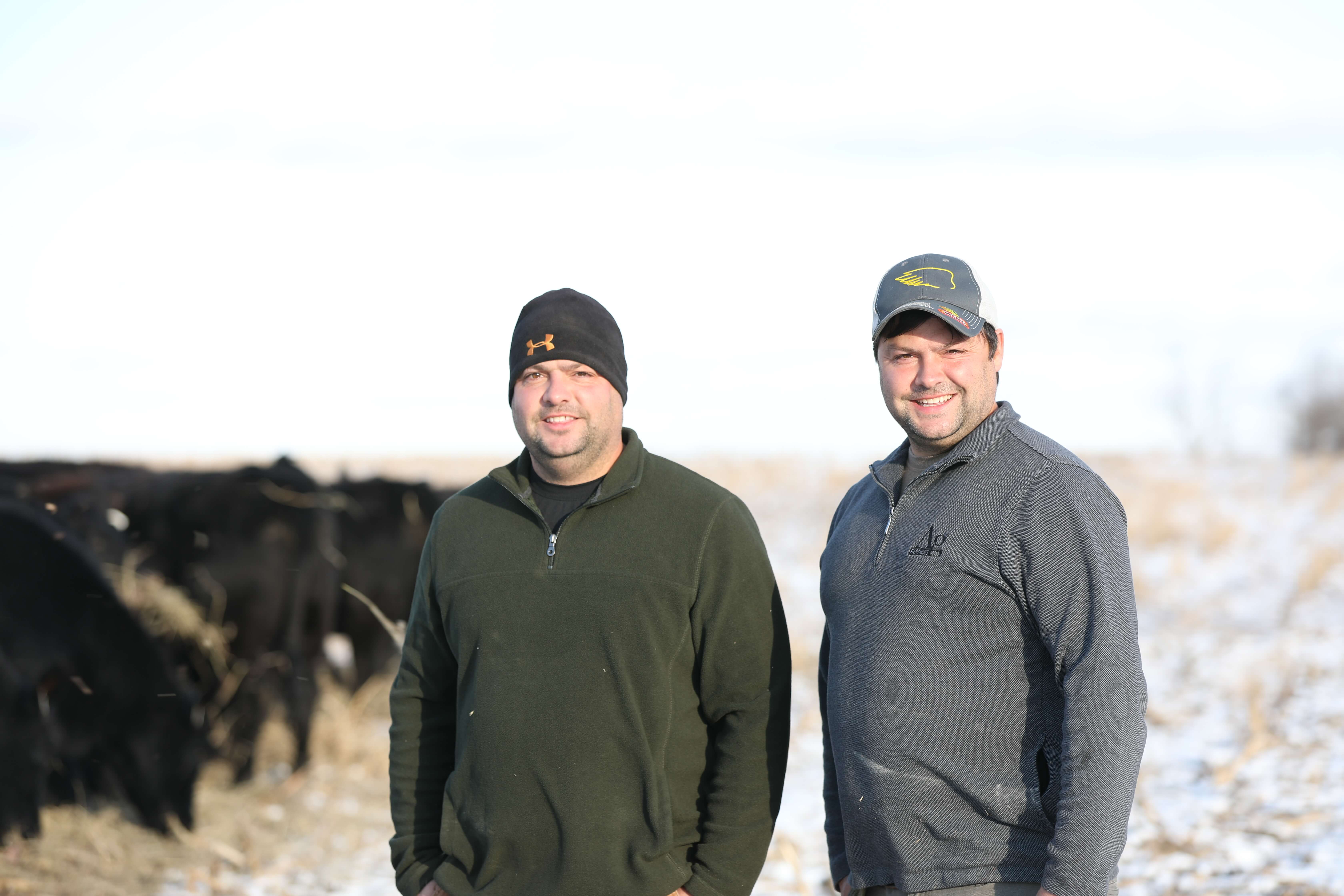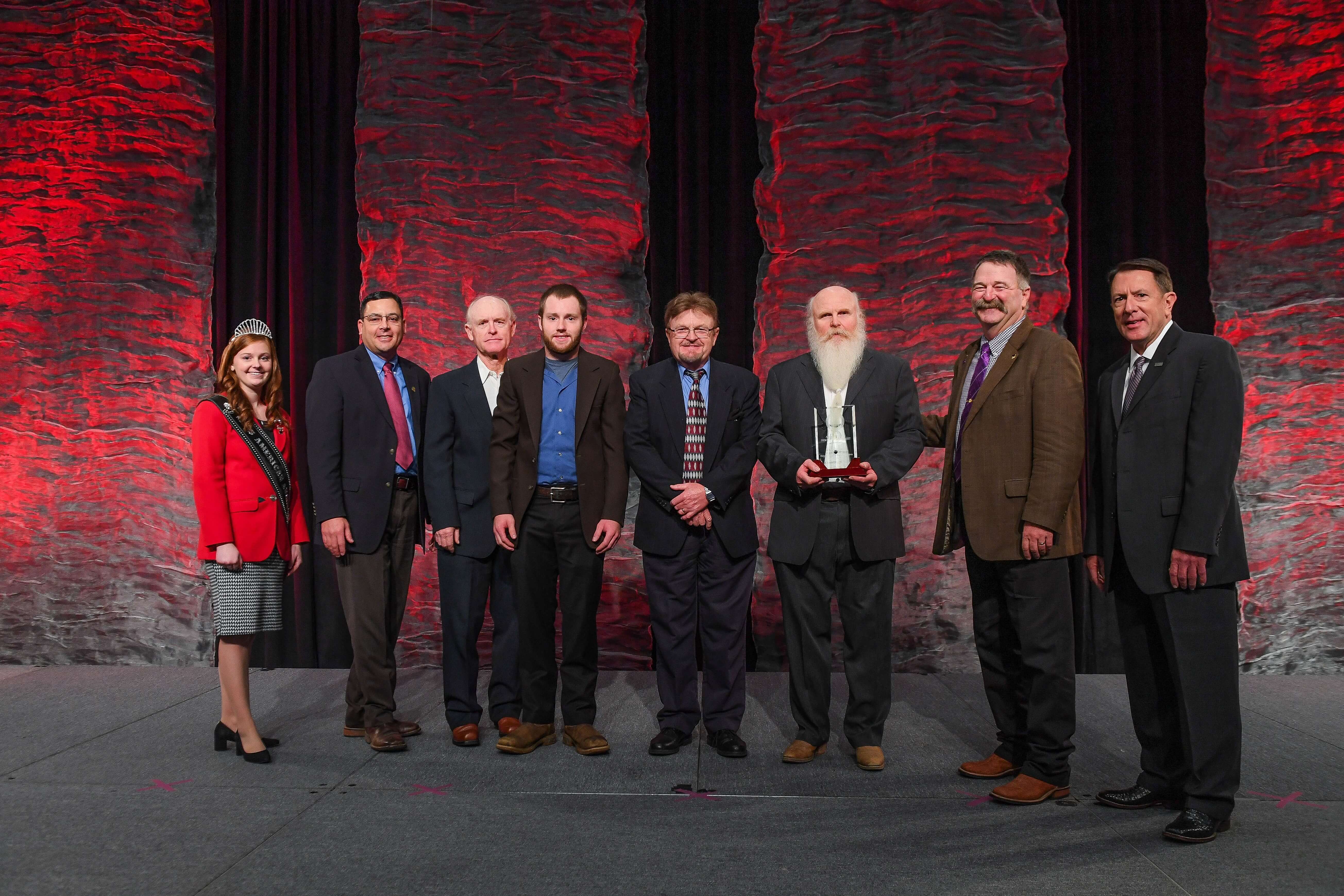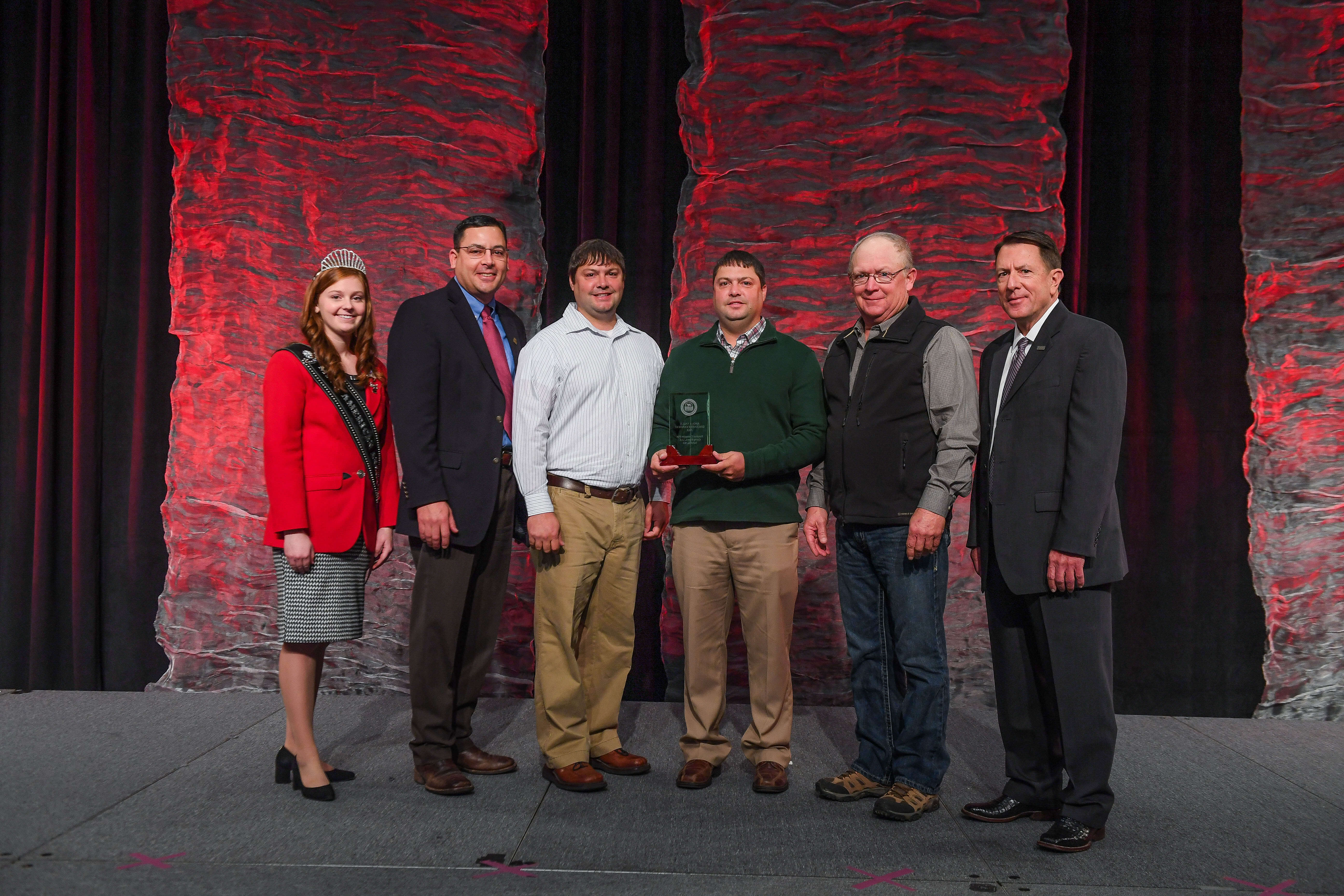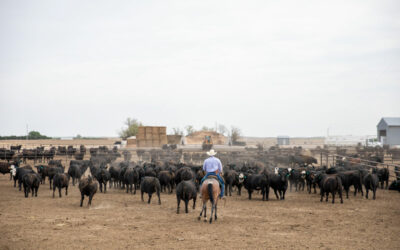
$33,500 for beef community’s future
by Micah Mensing
Six college students in beef and related studies have earned $33,500 in scholarships from the Certified Angus Beef ® (CAB ®) brand.
Established in 1999, CAB’s Colvin Scholarship Fund has supported education of more than 70 future leaders in agriculture and animal science. It honors the brand’s founding executive director of 21 years, Louis M. “Mick” Colvin, carrying on his legacy of making dreams a reality and inspiring others to do their best.
2019 Colvin Scholarship Awards:
$7,500 – Kylie Phillips, Inverness, Fla. — University of Florida
$6,500 – Claudia Hissong, Greencastle, Penn. — Kansas State University
$5,000 – Kaylynn Kiker, Allison, Texas – Texas Tech University
$4,000 – Gabrielle DiRusso, Ames, Iowa – Iowa State University
$3,000 – Tanner Wansing, Dixon, Mo. – Lincoln University
Graduate Awards:
$7,500 – Chandler Steele, Bryan, Texas – Texas A&M University
CAB President John Stika said merely being a “good student” is not enough to win one of these competitive scholarships.
“For individuals at the very beginning of their careers, those selected as winners have already demonstrated strong involvement in the beef industry and an even stronger commitment to its continual improvement,” he said.
“While all the students who submitted applications were worthy, Kylie Phillips and Chandler Steele both demonstrated a level of engagement, understanding and leadership in the industry rare among many young people who have already entered the industry, let alone those who are still students,” Stika said. “Their list of activities and plans for the future instilled a great deal of confidence that they will make a positive impact on the beef business moving forward.”
With 150 USDA branded beef programs and countless advertising campaigns using the “Angus” term, the brand challenged students to consider how CAB should differentiate itself.


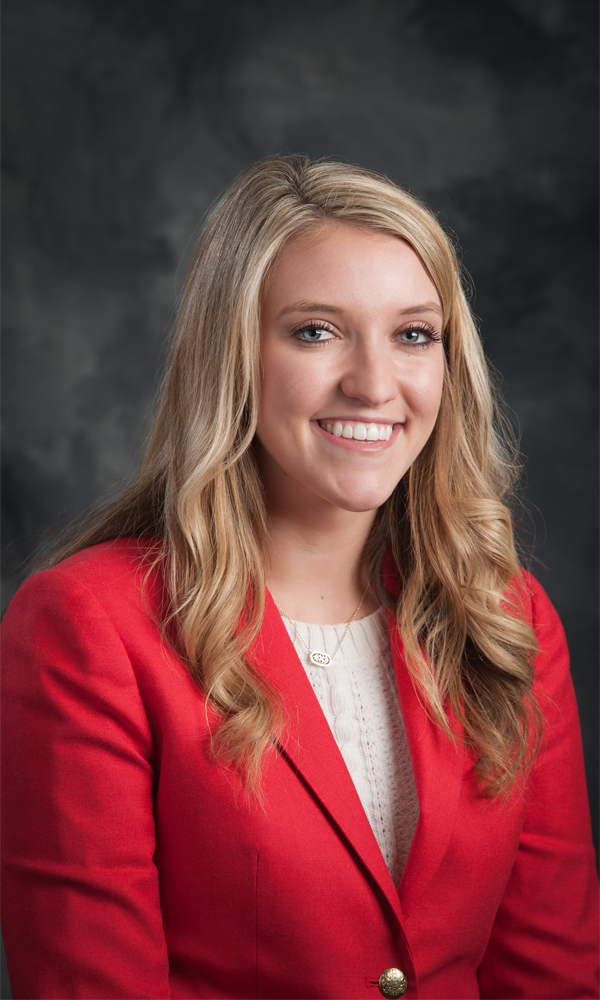
Top undergraduate winner Phillips, Florida senior in animal sciences, suggested “putting a face to the producer” through packaging or case displays.
The average Millennial retail buyer “wants to feel more connected to the production of their food, but without being involved in the process,” she wrote.
On the other hand, chefs and foodservice buyers want more involvement and technology could help build relationships beyond live seminars, outreach events and ranch tours. She envisions “an app where producers, chefs and the brand could post updates with pictures, to capitalize on the Millennials’ need to be connected.”
Block chain technology could offer more transparency to go with the connectivity and assure a leading position above all other beef brands, Phillips concluded.
Claudia Hissong, senior in animal science at Kansas State University, won the runner-up spot sharing insight on the younger “Generation Z,” potentially “the most influential generation in America.”
“Gen Z finds it extremely important to trust brands, and they value authenticity in marketing,” so she pointed to a need for marketing strategies that “highlight CAB’s ten specifications.”
Animal science senior Kaylynn Kiker, Texas Tech University, wrote, “From those who raise beef, those who cook beef and those who love to eat beef, CAB has a way of connecting with each and every group.” She credits the brand’s ability to provide a familiar, trustworthy product with exceptional quality for the brand’s success.
Winner of the $4,000 award, Gabrielle DiRusso, of Iowa State University, wrote, “To rise above the rest, CAB can choose to prioritize not only informing consumers about these standards but focus on giving producers the tools to understand why.” She also stressed working with retail partners to educate consumers about the 10 quality-based specifications.
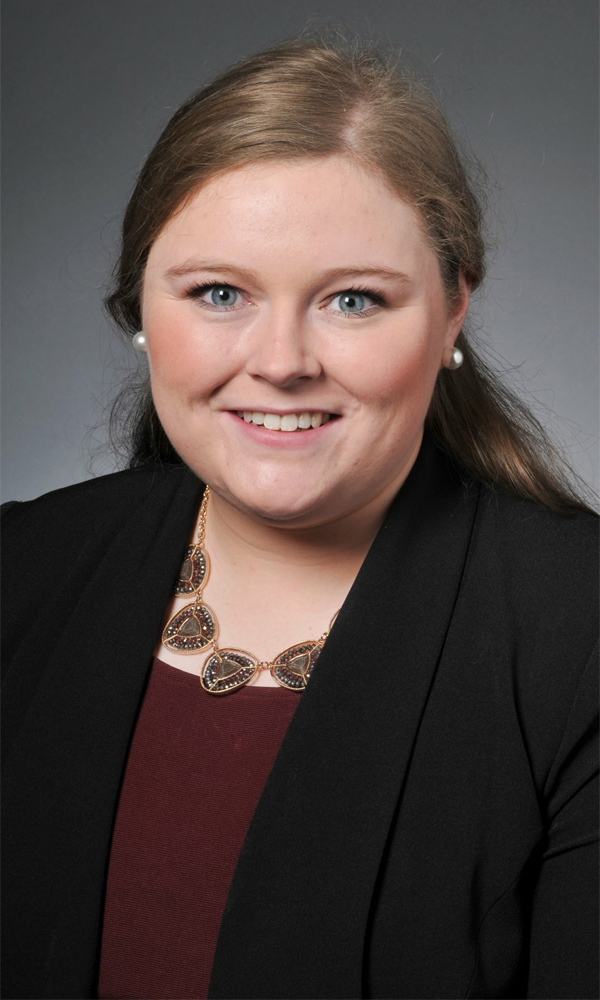


Lincoln University animal science junior Tanner Wansing suggested a “Meet your Meat” campaign that would “allow consumers to have a closer relationship with the farmer who raised the meat they are consuming and to understand better the hard work and passion that went into developing that product.”
The Colvin Scholarship Fund began its graduate student awards in 2012, opening doors to anyone in a recognized, full-time masters or doctorate program related to high-quality beef production.
Chandler Steele’s research demonstrates her interest in ensuring consumers get a uniform beef product every time they order the premium protein. The meat science master’s student at Texas A&M and graduate-award winner wrote, “With beef carcass weights continually increasing, the challenge of providing various segments of the supply chain with a uniform product becomes more difficult.”
Solving that problem at the packer level, will create more value all the way down the supply chain, she wrote, crediting the Texas Beef Council for supporting her work through a teaching and research assistantship.
Top award winners Phillips and Steele receive all-expense-paid trips to the 2019 CAB Annual Conference in Asheville, N.C., September 23-25. There, they will interact with leaders in beef production, packaging, retail and foodservice.
you may also like
A Means to an End
For Willis Ranch, the best Angus cattle thrive in the high desert and produce calves that can become productive replacement females or high-quality carcasses. Every year, calves are better because of their investment in tools like GeneMax and AngusLink. But behind it all is one man’s perfectionist mindset that keeps the entire family moving in the same direction.
System Over Scale
For Dallas Knobloch, it’s not about being the biggest feedyard—it’s about building a high-quality system that works. Today, with Tory’s wife Sadie and daughter Ivy, the Knobloch family owns and operates 4K Cattle. They feed 2,500 cattle at eight locations within 10 miles of home, manage 1,000 acres of crops and run a 125-head cow herd, all near Hills, Minn.
Carcass Weights at it Again
Heavier carcass weights are no headline in 2025, yet this week’s official beginning of fall presents a great time to check in on weight trends. Year to date, average weekly fed cattle carcasses are 24 lb. heavier than a year ago and an astounding 46 lb.

